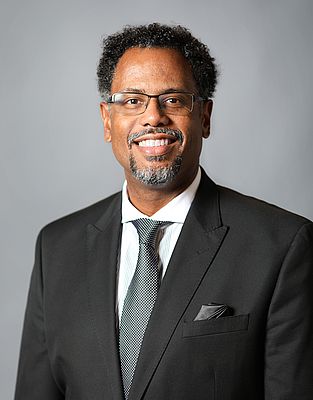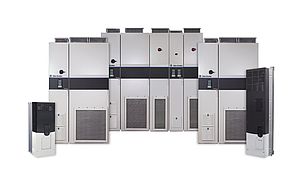Interview number 2 of our virtual round table: Nathan Turner, Director, Integrated Architecture EMEA at Rockwell Automation
IEN Europe: What are the main challenges when talking about digitalization? How to limit the side effects of the digital adoption?
N. Turner: Organizational alignment, competency & talent, technology adoption, data security & privacy and interoperability are some of the areas that need to be addressed when embarking on a digitalization journey. Addressing them is not always easy, but building the right culture, providing training to the workforce, selecting the right technology and infrastructure whilst working with well-established international standards can all help deliver the considerable benefits of digitalization.
IEN Europe: How much is digitalization part of your company’s strategy and why?
N. Turner: Delivering the digitalization of manufacturing has been a core part of Rockwell Automation’s strategy for many years. Recently, we have been referring to this as “The Connected Enterprise” – recognizing that our customers want to be more agile when responding to changing market conditions. We help manufacturers and industrial operators to deliver a faster time to market, a lower total cost of ownership, improved asset utilization, enterprise risk management and workforce efficiency.
IEN Europe: Digital thread or digital threat? What’s your opinion?
N. Turner: At Rockwell Automation we do not see this as a binary question. Through various initiatives such as deploying technology based on standard Ethernet and collaboration with our alliance partners Cisco and Panduit we have developed architectures that allow business management to understand the productivity of their operations in a way that ensures that information is secure and accessible only to those with the appropriate credentials. In deploying these tested solutions, we can ensure that the risk to both intellectual property and the integrity of operations is minimized. Ultimately, if IT and OT environments are integrated the right way then enterprises can gain the benefits of digitization whilst mitigating against potential risks.
IEN Europe: What’s the role of IoT in today’s factory? Why is it so important to undertake the digital transition?
N. Turner: There are a number of macro-economic trends driving the need for the digital transition. Businesses are looking to respond faster to consumer trends. They therefore need a faster time to market and shorter commissioning times. Increased competitive pressures globally mean that manufacturers are looking to lower their total cost of ownership of their assets. This is achieved by enabling more effective operators, improved resource management and easier technology migration. At the same time, today’s factories are also looking for improved asset utilization and optimization. The enabler for this is the use of manufacturing and operational tools - which deliver information to help reliability & quality. These tools also provide the scope for predictive maintenance: identifying potential problems and allowing them to be resolved during scheduled downtime rather than after a breakdown. The IoT is the means for achieving this: the source of the data is intelligent assets that can deliver a rich set of information on which managers can make informed business decisions.
Sara Ibrahim



















